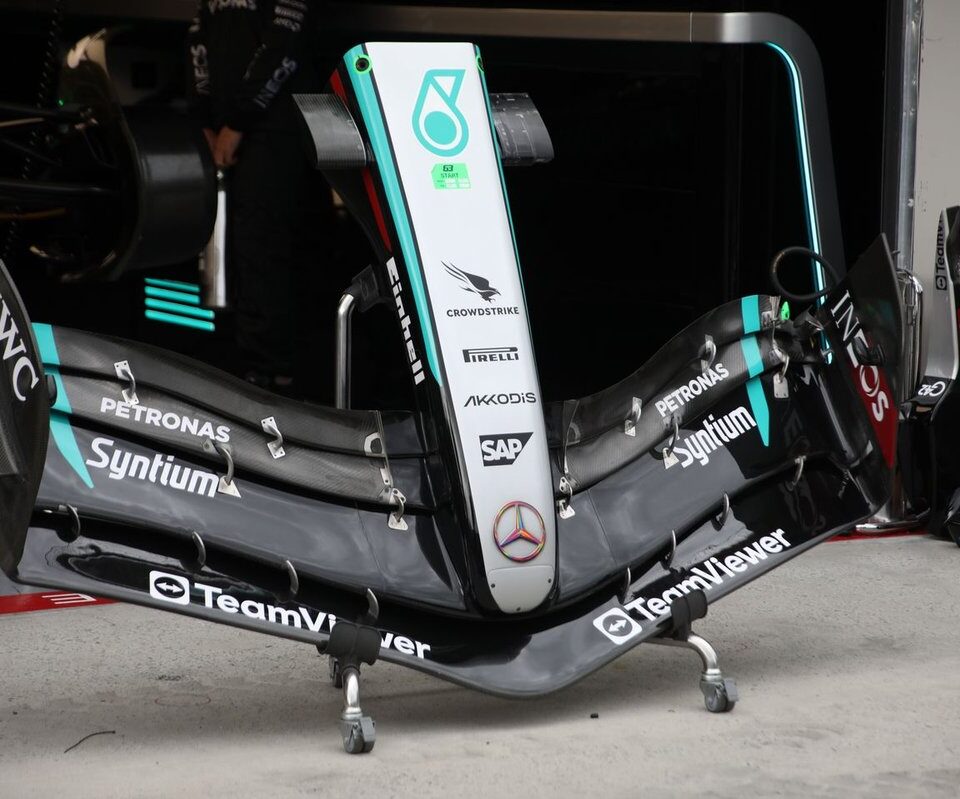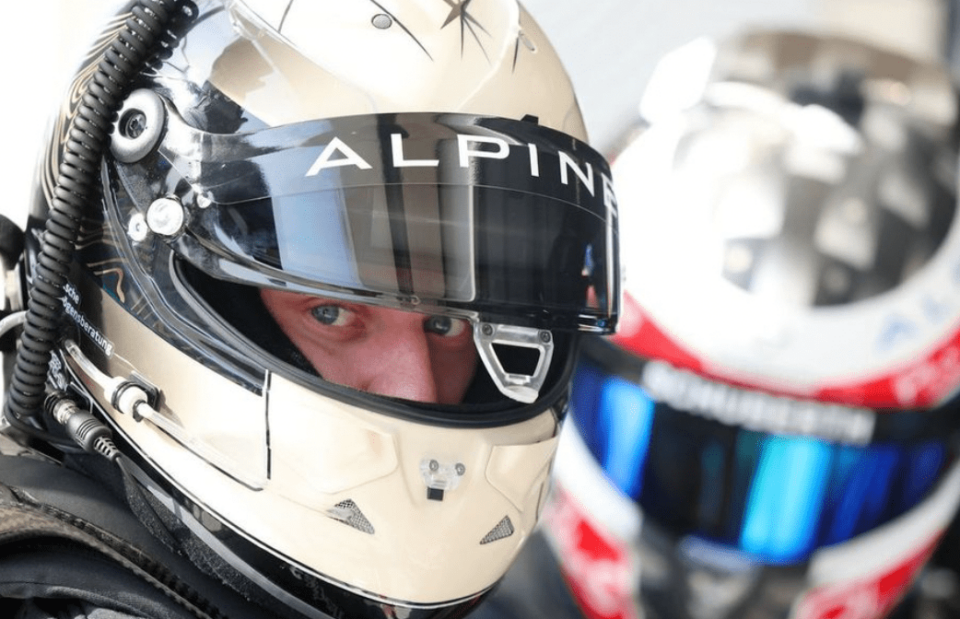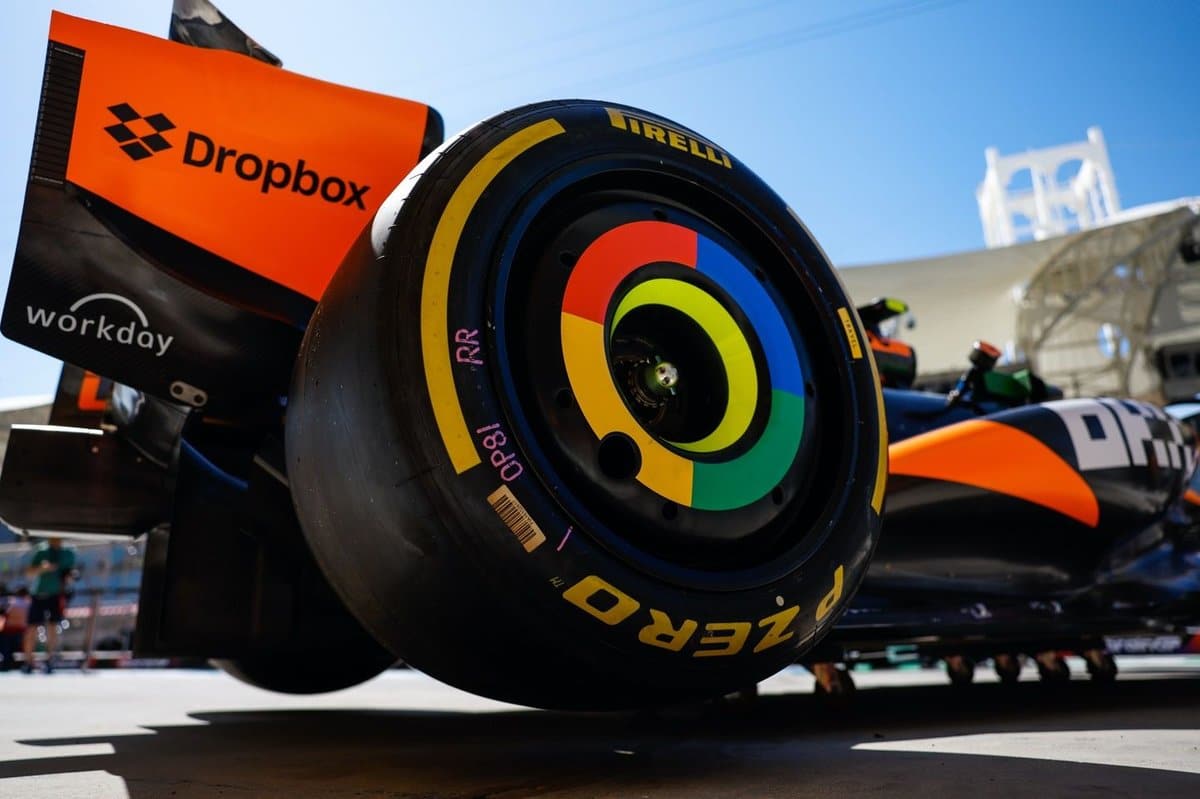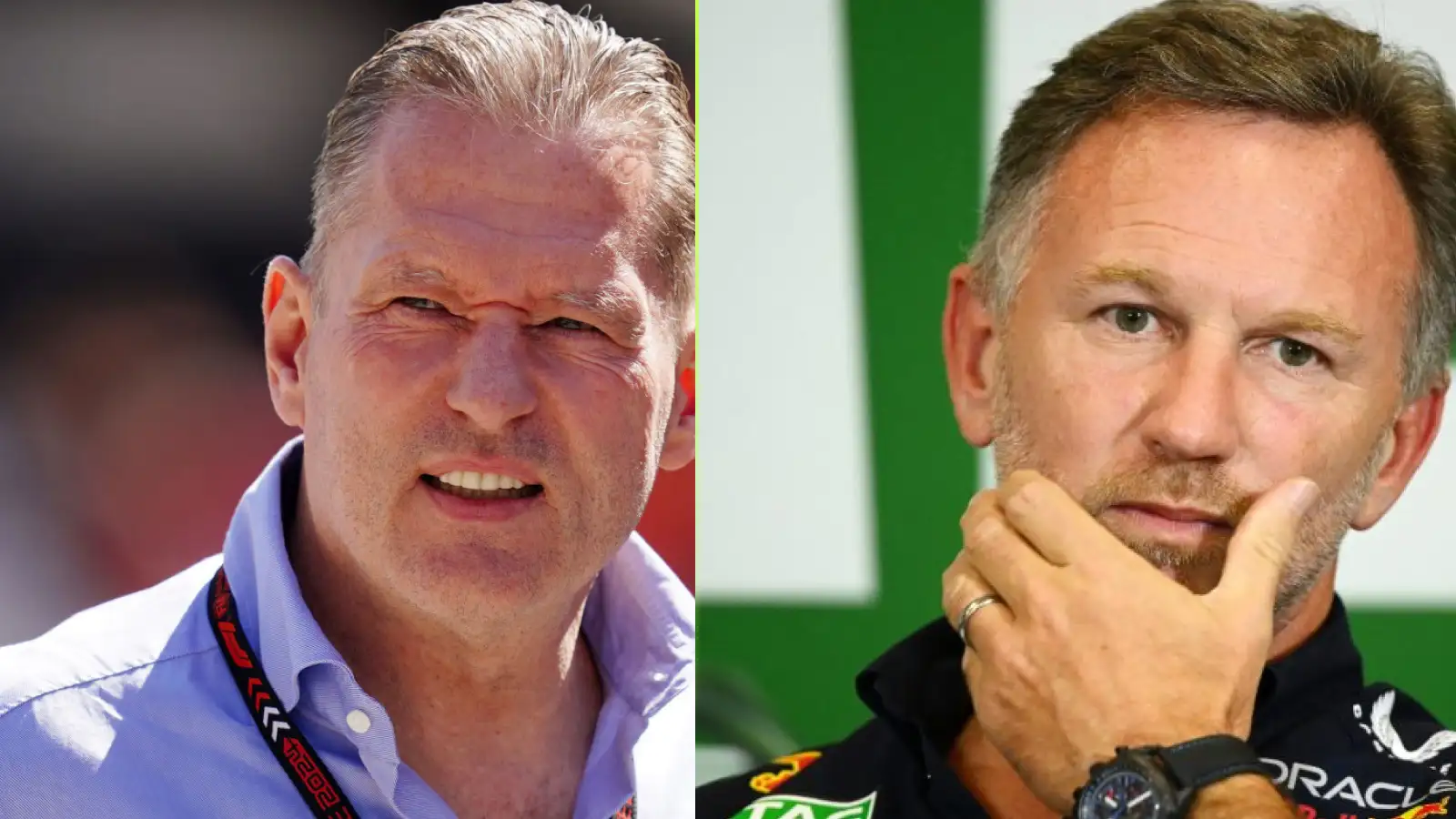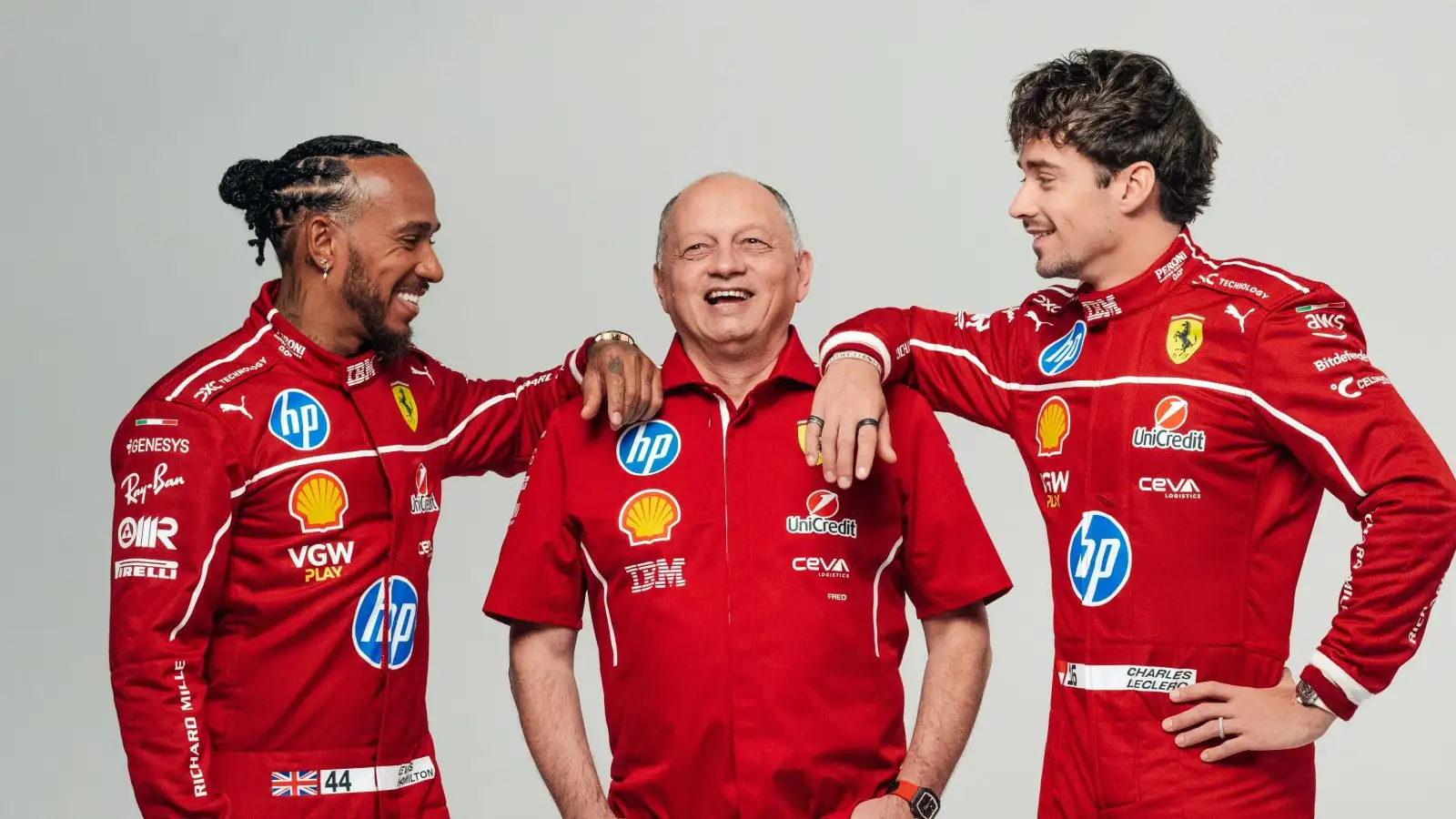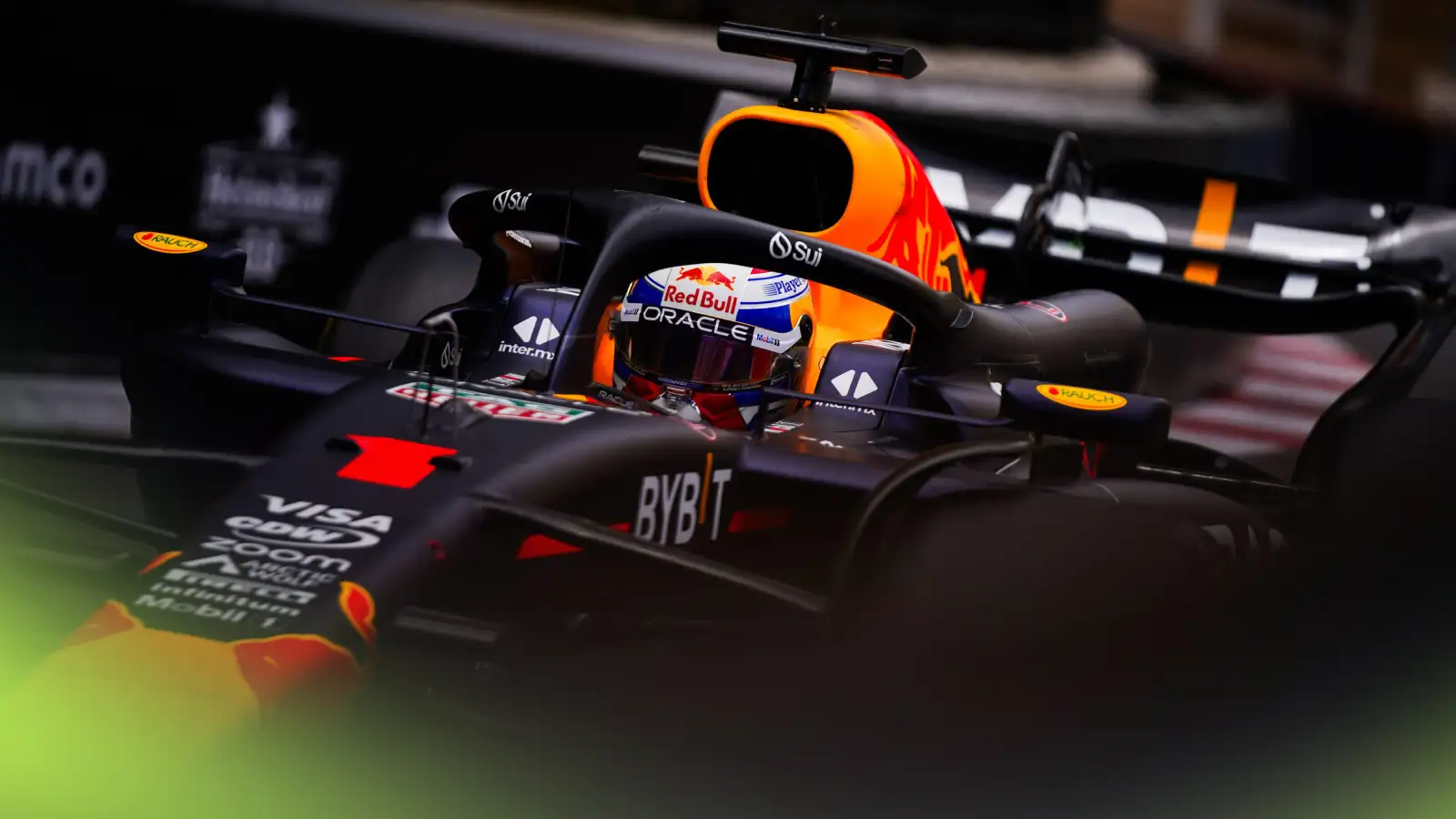Mercedes is convinced that its new front wing will be pivotal in solving the long-standing balance issues that have plagued its car this Formula 1 season.
The main problem Mercedes has been grappling with is the inconsistency in the car’s performance across different types of corners. If they tweak the car to handle high-speed turns better, it inevitably struggles with low-speed corners, and vice versa. The goal is to find a greater balance across all speed ranges, and Mercedes believes the new front wing is the answer.
Technical director James Allison elaborates that mechanical adjustments alone haven’t sufficed. ‘You can do things with the mechanical balance which help you fight the inherent tendency to low-speed understeer, high-speed oversteer,’ he said. ‘But if you make that too extreme, the car becomes tricky to drive.’
The challenge has been to create a wing that mitigates these aerodynamic issues without pushing the car to extremes, ultimately making it more predictable for the driver. The new front wing is designed to ensure that the car’s aero balance doesn’t shift as drastically at high speeds, thus making it more stable.
Allison points out, ‘All these cars like being near the ground. The front wings on these cars are very big and they probably like being near the ground the most. This tends to make a car get more nervous as it goes faster because proportionally more [balance] is moving to the front axle than you might wish. And so, you’re fighting that with these rules.’
This is where aero elasticity, or flexi-wings, come into play. By allowing the wing elements to flex slightly at high speeds, the downforce and thus the balance issue can be better managed. This trait has been noticed on other cars as well, and it appears to be the direction everyone will have to go if they want to remain competitive. Of course, all of this has to be done while staying within FIA regulations.
‘It’s clearly a thing that helps fight the inherent behavior that I just explained,’ Allison confirms.
The trick is to create a wing that meets all FIA flexibility tests in the pitlane but performs as intended on the track. ‘I think that all of us are trying to ensure that we pass the FIA’s flexibility test,’ says Allison. ‘They put loads on, and you’ve got to not move by more than a specified amount. But as long as your wing bends as it should under load, there’s no issue with the governing body.’
While the upcoming race in Montreal might not be the ideal setting to showcase the new wing’s full potential, Allison is optimistic that gains will be more evident in future races. ‘It’s helpful, you just don’t get the maximum amount of benefit compared with a track with a wider range of cornering speeds,’ he notes. ‘But hopefully more helpful at future tracks.’
Mercedes is betting big on this new front wing to bring about the balance improvements they’ve desperately been seeking. While it remains to be seen just how effective it will be in real-world conditions, there’s cautious optimism within the team that this could be a turning point for their season.
Source: Motorsport
